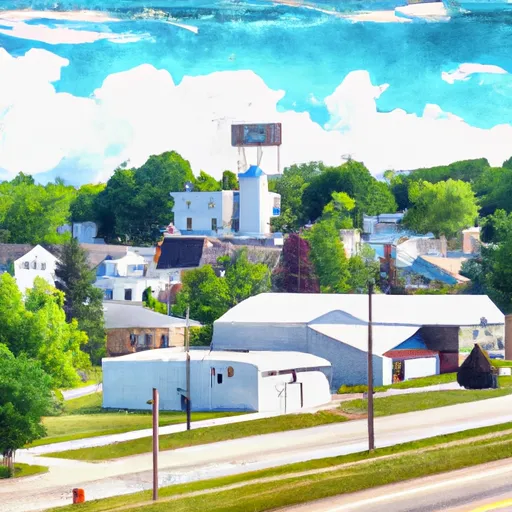°F
°F
mph
Windspeed
%
Humidity











Waldo is a small village located in Sheboygan County, Wisconsin. It has a moderate climate, characterized by warm summers and cold winters. The average high temperature in summer is around 82°F (28°C), while winter temperatures can drop to an average low of 12°F (-11°C). The village experiences rainfall throughout the year, with an average annual precipitation of 32 inches (81 cm).
Waldo is situated in an area abundant with water resources. It is home to several small lakes and ponds, as well as the Onion River, which flows through the village. These water bodies provide opportunities for fishing, boating, and other water-based activities. Outdoor enthusiasts can also explore the surrounding forests and parks for hiking, biking, and camping.
One notable outdoor recreation opportunity in Waldo is the nearby Kettle Moraine State Forest. This expansive forest offers miles of trails for hiking and biking, as well as camping facilities. It is known for its picturesque landscapes, glacial formations, and diverse wildlife. Waldo also hosts various community events and festivals throughout the year, providing residents and visitors with additional outdoor entertainment options.
Weather Forecast
Waldo receives approximately 890mm of rain per year, with humidity levels near 82% and air temperatures averaging around 8°C. Waldo has a plant hardyness factor of 5, meaning plants and agriculture in this region thrive during a short period during spring and early summer. Most plants will die off during the colder winter months.
Regional Streamflow Levels
2
Cubic Feet Per Second
17
Cubic Feet Per Second
16
Cubic Feet Per Second
369
Cubic Feet Per Second
Nearby Camping
| Camping Area | Reservations | Toilets | Showers |
|---|---|---|---|
| Oblong Park | |||
| Crawford County Fairgrounds | |||
| Sam Parr State Park | |||
| Fox Ridge State Park | |||
| Oakland City Park | |||
| Robinson City Park |



